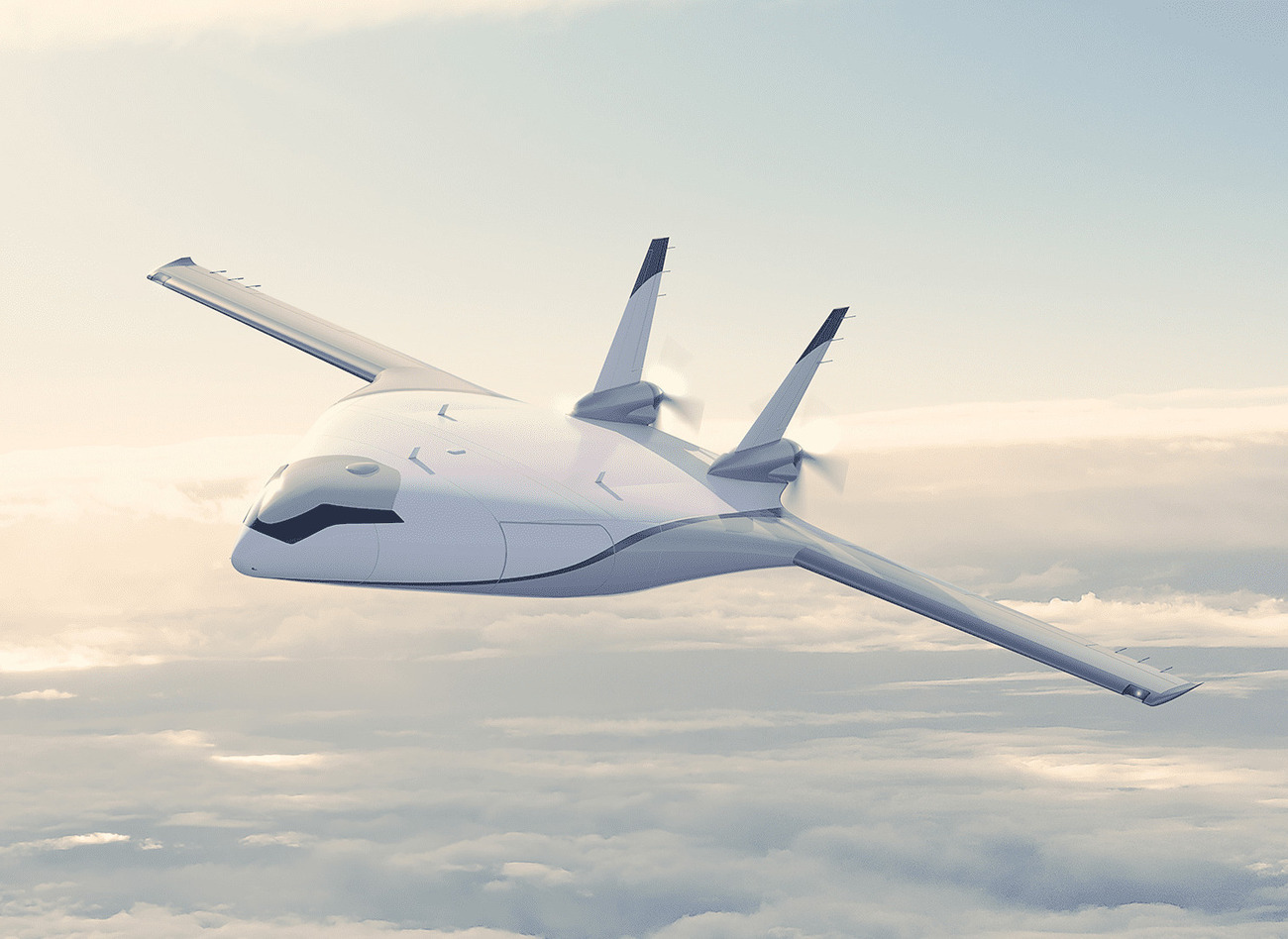
Autonomous aircraft are changing the way we think about aviation. These pilotless planes use advanced technology to navigate, take off, and land without human intervention. But what makes them so special? Autonomous aircraft rely on a mix of sensors, artificial intelligence, and complex algorithms to operate safely. They promise to make air travel more efficient, reduce human error, and even cut down on costs. Imagine a future where cargo and passengers are transported seamlessly through the skies by these high-tech marvels. Curious about how they work and what the future holds? Let's dive into 22 fascinating facts about autonomous aircraft that will blow your mind!
What Are Autonomous Aircraft?
Autonomous aircraft, also known as drones or unmanned aerial vehicles (UAVs), are revolutionizing aviation. These flying machines operate without human pilots on board, relying on advanced technology to navigate and perform tasks.
- Autonomous aircraft use artificial intelligence (AI) to make decisions during flight.
- They can be controlled remotely or programmed to follow a pre-set flight path.
- These aircraft are equipped with sensors to detect obstacles and avoid collisions.
- They are used in various industries, including agriculture, delivery services, and surveillance.
History of Autonomous Aircraft
The concept of autonomous aircraft isn't new. It has evolved significantly over the years, driven by technological advancements and changing needs.
- The first UAVs were developed during World War I for military reconnaissance.
- In the 1980s, the U.S. military began using drones for surveillance and target practice.
- The Predator drone, introduced in the 1990s, became famous for its use in military operations.
- Civilian use of drones started gaining popularity in the early 2000s.
Technology Behind Autonomous Aircraft
The technology powering autonomous aircraft is complex and fascinating. It combines several cutting-edge innovations to ensure safe and efficient operation.
- GPS technology allows drones to navigate accurately.
- LIDAR systems help in mapping terrain and avoiding obstacles.
- Machine learning algorithms enable drones to improve their performance over time.
- Battery technology advancements have extended the flight time of drones.
Applications of Autonomous Aircraft
Autonomous aircraft are used in a wide range of applications, showcasing their versatility and potential to transform various sectors.
- In agriculture, drones monitor crop health and optimize irrigation.
- Delivery services use drones to transport packages quickly and efficiently.
- Drones assist in disaster relief by delivering supplies to hard-to-reach areas.
- They are employed in wildlife conservation to track animal movements and prevent poaching.
Regulations and Safety Concerns
As the use of autonomous aircraft grows, so do concerns about safety and regulations. Ensuring these machines operate safely is crucial.
- The Federal Aviation Administration (FAA) regulates drone use in the United States.
- Drones must adhere to strict altitude limits and no-fly zones.
- Privacy concerns arise from the potential for drones to capture unauthorized footage.
- Cybersecurity is a significant issue, as drones can be vulnerable to hacking.
Future of Autonomous Aircraft
The future of autonomous aircraft looks promising, with ongoing research and development paving the way for new possibilities.
- Urban air mobility concepts envision drones transporting people within cities.
- Swarm technology could enable multiple drones to work together on complex tasks.
The Future of Flight
Autonomous aircraft are changing aviation. These flying marvels promise safer skies, reduced costs, and more efficient travel. With advancements in AI and machine learning, these aircraft can navigate complex airspaces with precision. They also offer environmental benefits by optimizing flight paths and reducing fuel consumption.
However, challenges remain. Regulatory hurdles, public trust, and technological reliability need addressing. But with continuous innovation, these obstacles are surmountable. The potential benefits far outweigh the risks.
As we look ahead, the sky's the limit for autonomous aircraft. They represent a significant leap forward in how we think about travel and transportation. Whether for commercial flights, cargo delivery, or emergency services, these aircraft are poised to revolutionize the industry. Keep an eye on this space; the future of flight is here, and it's autonomous.
Was this page helpful?
Our commitment to delivering trustworthy and engaging content is at the heart of what we do. Each fact on our site is contributed by real users like you, bringing a wealth of diverse insights and information. To ensure the highest standards of accuracy and reliability, our dedicated editors meticulously review each submission. This process guarantees that the facts we share are not only fascinating but also credible. Trust in our commitment to quality and authenticity as you explore and learn with us.


